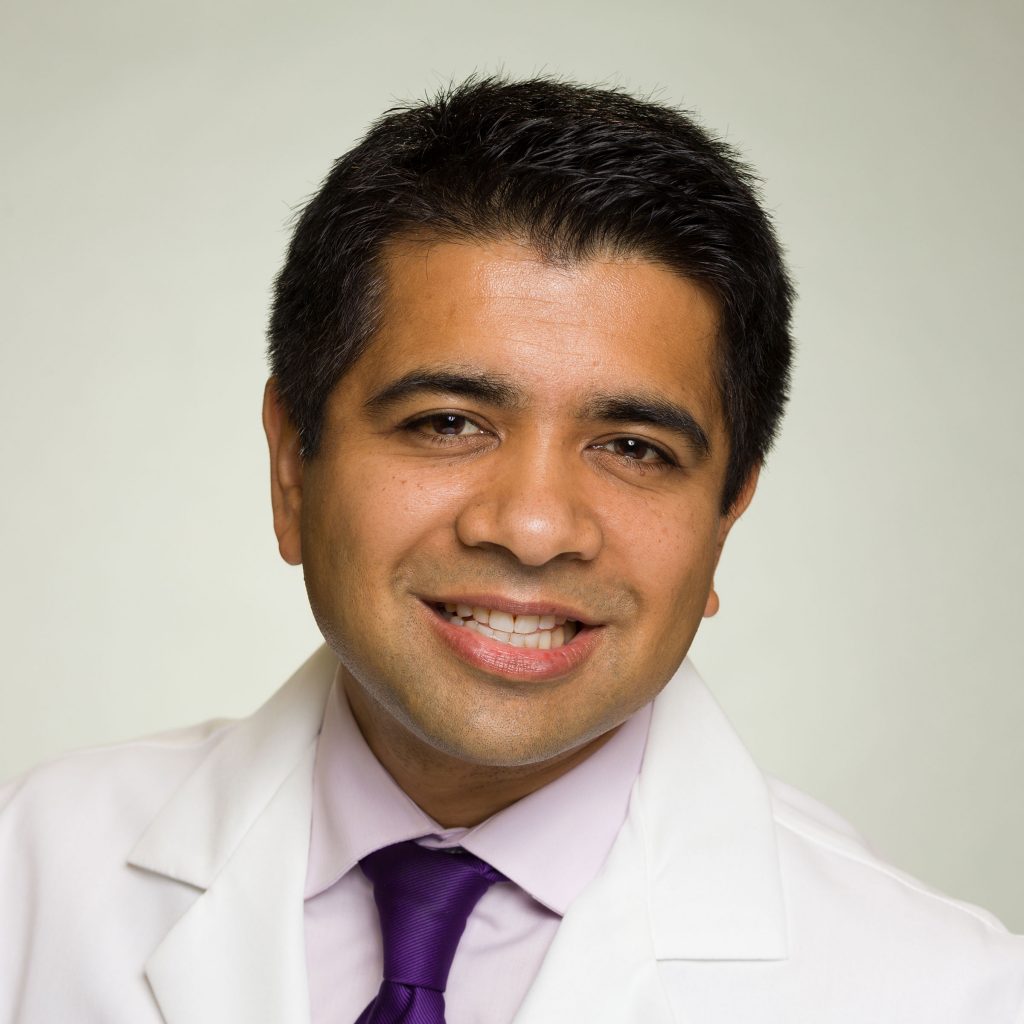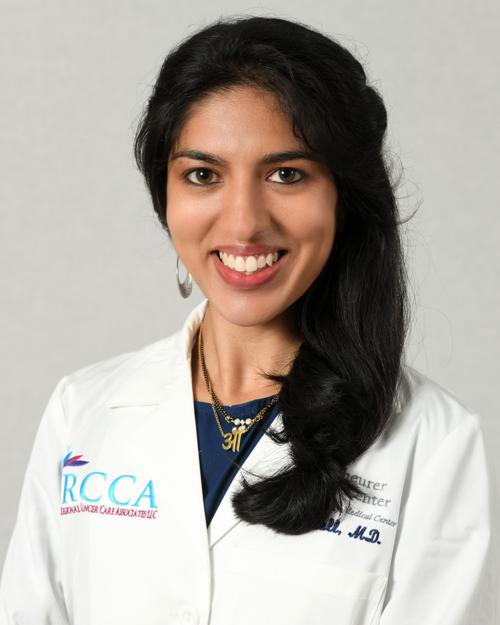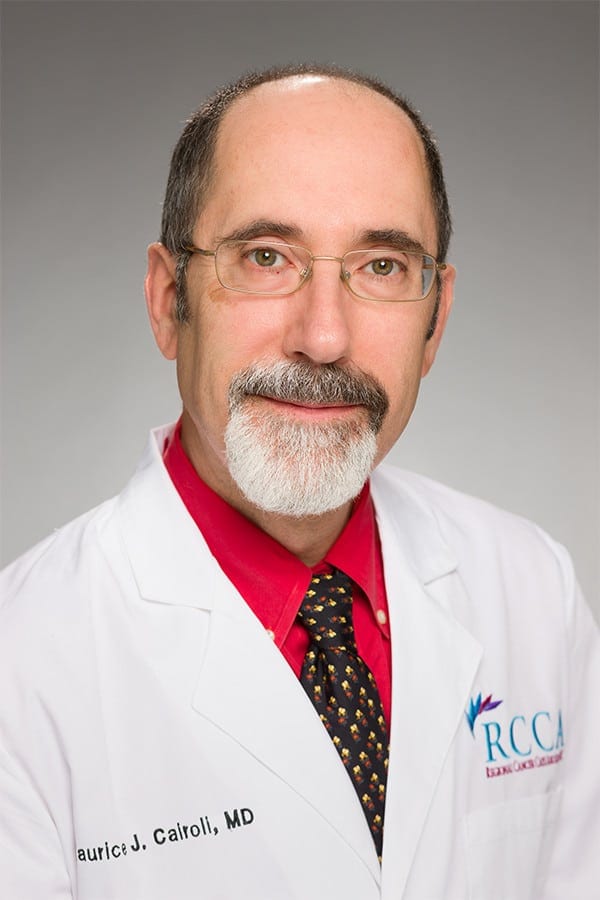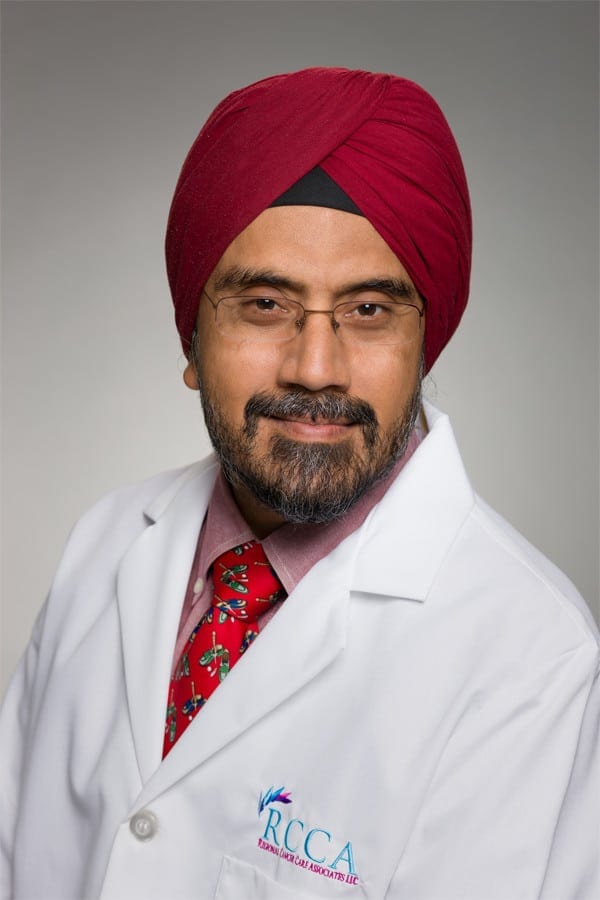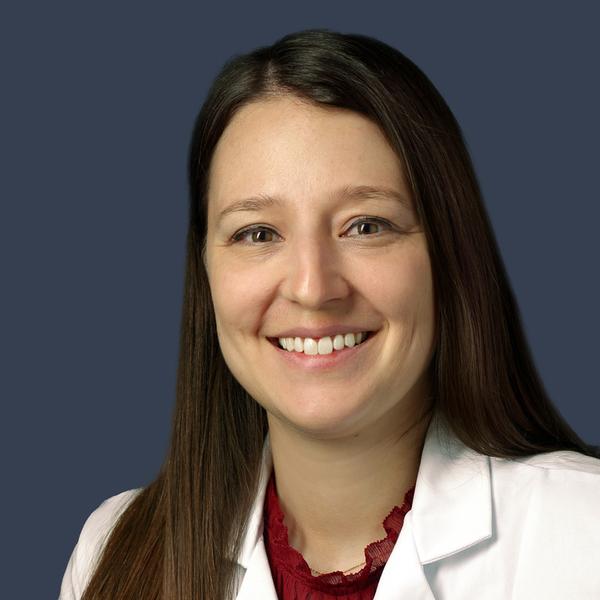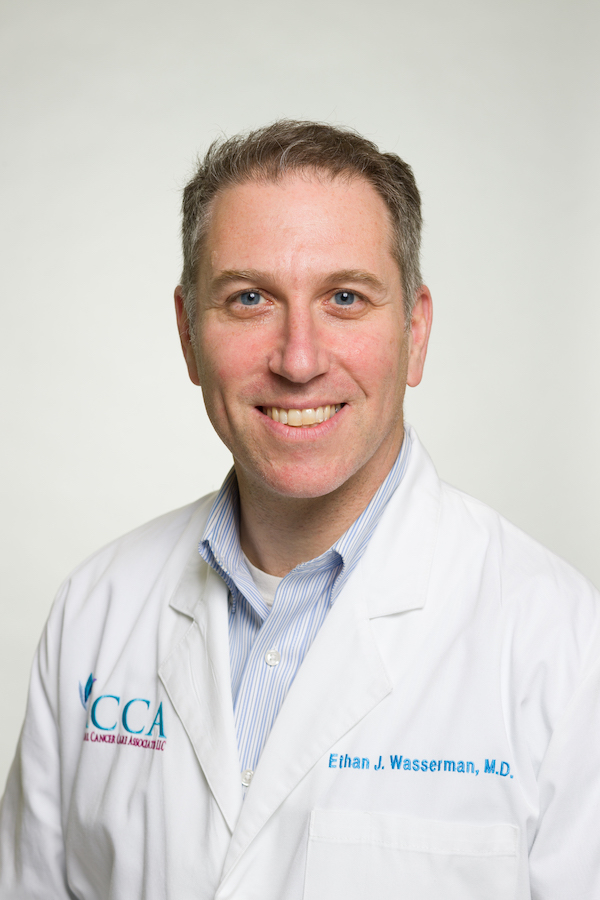Treating Stomach Cancer in NJ, CT, MD, and the Washington, D.C., Area
Sometimes called gastric cancer, stomach cancer is uncommon in the United States, representing less than 2% of all cancer diagnoses here. However, it also accounts for 1.8% of all cancer deaths, making early detection and treatment crucial for achieving the best possible outcome. For patients in New Jersey, Connecticut, Maryland, and the Washington, D.C., area, the oncology experts of Regional Cancer Care Associates (RCCA) are here to provide an accurate diagnosis and state-of-the-art cancer care.
What Is Stomach Cancer?
Stomach cancer originates when irregular, cancerous cells in the stomach begin to divide and multiply, forming a tumor. Slow-growing in nature, stomach cancer might not cause symptoms until the disease’s later stages. Symptoms worsen in later stages, and stomach cancer may spread to other organs or areas of the body.
Understanding the Stomach
The stomach is a J-shaped organ connected to the esophagus and small intestine. A critical part of the gastrointestinal (GI) system, its role is to process food by contracting to break food down and by exposing that food to enzymes, acids, and other special cells that aid in digestion. The energy from this food is then absorbed by the body, while the waste exits through the large intestine and rectum.
Sections of the Stomach
The stomach has five main sections, including:
- Cardia: The top region of the stomach consists of the cardiac sphincter, which keeps food in the stomach and prevents it from re-entering the esophagus above the stomach.
- Fundus: This is the rounded area next to the cardia, located below the diaphragm.
- Body: Also known as the corpus, this is the largest section of the stomach.
- Antrum: Below the body of the stomach, the antrum stores food until it is ready for the small intestine.
- Pylorus: The bottom portion of the stomach includes the pyloric sphincter, which regulates the movement of the stomach’s contents into the small intestine.
Structure of the Stomach
The stomach is made up of numerous layers of tissues and muscle, including:
- Mucosa: The stomach’s innermost lining has small ridges when the stomach is empty. Those ridges flatten when the stomach expands and becomes full.
- Submucosa: Covering and protecting the mucosa, the submucosa includes nerve cells, connective tissue, and lymph and blood vessels.
- Muscularis externa: This is the stomach’s main muscle and has three layers, which contract and then relax when breaking down food.
- Serosa: The stomach is covered by this layer of membrane, which protects it from acid.
Types of Stomach Cancer
There are several types of stomach cancer, which are named based on the cells in which they originate, , behavior, or other characteristics:
- Adenocarcinoma: The most common type of stomach cancer, representing up to 95% of cases, this disease occurs when cancer cells develop in the stomach’s mucosa.
- Carcinoid tumors: These originate in the stomach’s hormone-producing cells. They often are slow-growing and rarely spread to other organs.
- Gastrointestinal stromal tumors (GISTs): These cancers can be found anywhere in the GI tract, but they are most common in the stomach’s wall cells (called interstitial cells of Cajal). GISTs may be cancerous or benign.
- Lymphoma: This type of cancer originates in immune system tissue, but it also sometimes appears in the stomach wall.
- Squamous cell carcinoma (SCC): An extremely rare form of stomach cancer, this type originates in the stomach’s mucous membrane. In many cases, it is diagnosed in the disease’s later stages.
- Small-cell carcinoma: This type mostly develops in the lungs, but it can occur in the stomach, arising in the mucosa.
- Leiomyosarcoma: Affecting the stomach’s smooth muscle tissue, this type can spread into other areas of the abdomen, as well as the skin, blood vessels, and uterus.

Risk Factors and Causes of Stomach Cancer
The most common stomach cancer risk factors include the following:
Medical History and Pre-Existing Conditions
The risk for stomach cancer is elevated if a person has a family or personal history of cancer, especially mucosa-associated lymphoid tissue lymphoma or other stomach cancer types. Previous stomach surgery and the following pre-existing conditions also can increase risk:
- Common variable immune deficiency (CVID)
- Epstein-Barr virus (EBV) infection
- Gastroesophageal reflux disease
- Helicobacter pylori (H. pylori) bacterial infection
- Long-term gastritis (inflammation)
- Menetrier disease (hypertrophic gastropathy)
- Pernicious anemia
- Stomach ulcers and polyps
Demographic and Heredity Factors
Each individual’s risk varies depending on demographic and hereditary factors, such as:
- Being age 50 years or older
- Being assigned male at birth
- Having Type A blood
- Having Hispanic, African, Asian, Native American, and Pacific Islander descent
- Having inherited cancer syndromes, including:
- Familial adenomatous polyposis (FAP)
- Gastric adenocarcinoma and proximal polyposis of the stomach (GAPPS)
- Hereditary diffuse gastric cancer (HDGC)
- Li-Fraumeni syndrome
- Lynch syndrome
- Peutz-Jeghers syndrome (PJS)
Diet and Lifestyle
Stomach cancer risk is also increased by:
- Being overweight or obese
- Consuming more than three alcoholic drinks per day
- Eating grilled, charcoaled, or processed meats
- High intake of salty or smoked foods
- Low intake of fruits and vegetables
- Smoking and vaping
Geographic and Occupational Factors
Stomach cancer is more prevalent in Central America, Eastern Europe, and Eastern Asia, while it is less common in North America and Africa. Further, professionals working in rubber, metal, and coal industries may be at higher risk.
Early Detection and Diagnosis
Stomach cancer shares symptoms with many other medical conditions, ranging from a stomach virus to an ulcer. The signs of stomach cancer may include:
- Bloated feeling after eating
- Difficulty swallowing
- Feeling full despite minimal food intake
- Heartburn or indigestion
- Low red blood cell count
- Nausea or vomiting
- Poor appetite
- Stomach pain
- Swelling or fluid buildup in the abdomen
- Unintentional weight loss
It is important to note that most people experiencing one or more of the symptoms listed above will not have stomach cancer. However, because those symptoms can represent a range of conditions, from the minor and temporary to the very serious, it is important to consult a medical professional promptly for evaluation. When physicians are concerned that a patient may have stomach cancer or another serious gastrointestinal condition, their assessment typically includes a detailed personal and family history, a physician examination, bloodwork and, potentially:
- Biopsy: This procedure removes a small sample of stomach tissue, which is then examined under a microscope for cell irregularities indicating cancer.
- Endoscopy: Using an endoscope, a tool with a camera on the tip, physicians can examine the inside of the stomach for signs of cancer.
- Other Imaging: To detect tumors or abnormalities, patients may undergo imaging tests such as computed tomography (CT) scans, magnetic resonance imaging (MRI), and others.
Stages and Progression of Stomach Cancer
Staging identifies how far cancer has progressed. Oncologists use the TNM system for tumor evaluation. TNM stands for:
- T – tumor: What is the original tumor’s shape, size, and condition?
- N – node: Is the cancer present in lymph nodes?
- M – metastasis: Is the cancer spreading?
Stomach cancer is classified into the following stages, which are based on the tumor’s progression and location in the stomach:
- Stage 0: Cancer cells have not spread beyond the mucosa’s top layers.
- Stage I: Cancer cells have traveled below the mucosa or to some stomach lymph nodes.
- Stage II: Cancer cells have spread into deeper stomach wall layers or to more stomach lymph nodes.
- Stage III: Cancer cells have spread throughout the stomach wall or nearby lymph nodes but have not yet spread to distant sites.
- Stage IV: Cancer cells have infiltrated every layer of the stomach, may be present in lymph nodes, and may have spread to other organs or tissues.
Treatment Options for Stomach Cancer Through Regional Cancer Care Associates
At Regional Cancer Care Associates, expert oncologists serve patients in New Jersey, Connecticut, Maryland, and the Washington, D.C., area, providing the latest cancer treatments at more than 20 state-of-the-art, community-based facilities. When it comes to treating stomach cancer, Regional Cancer Care Associates oncologists may draw upon one or more of the following approaches in developing evidence-based, highly personalized treatment plans:
- Surgery, such as gastrectomy, lymphadenectomy, or minimally invasive techniques
- Chemotherapy
- Immunotherapy
- Targeted therapy
- Radiation therapy
- Precision medicine, such as molecular profiling
- Clinical trials for qualified patients
Find Compassionate Stomach Cancer Care at RCCA
Trust the compassionate stomach cancer care provided by RCCA’s experienced, expert oncologists. For more information, contact RCCA or reach out to a location and schedule a consultation with a board-certified oncologist.
PHYSICIANS SPECIALIZED IN STOMACH CANCER
View All Cancer Trials
When standard cancer treatments aren’t providing the results you want, clinical trials may offer hope. Our physicians use clinical trials to study new treatments, helping transform cancer care for the better. You can enroll in a clinical trial to try groundbreaking treatment plans at zero cost to you.

Regional Cancer Care Associates is one of fewer than 200 medical practices in the country selected to participate in the Oncology Care Model (OCM); a recent Medicare initiative aimed at improving care coordination and access to and quality of care for Medicare beneficiaries undergoing chemotherapy treatment.
